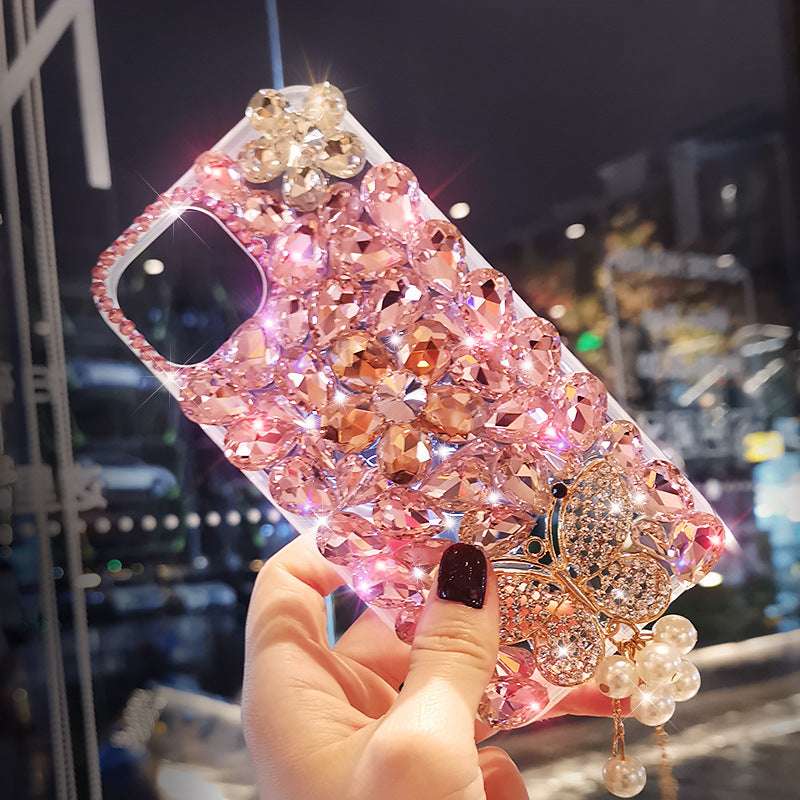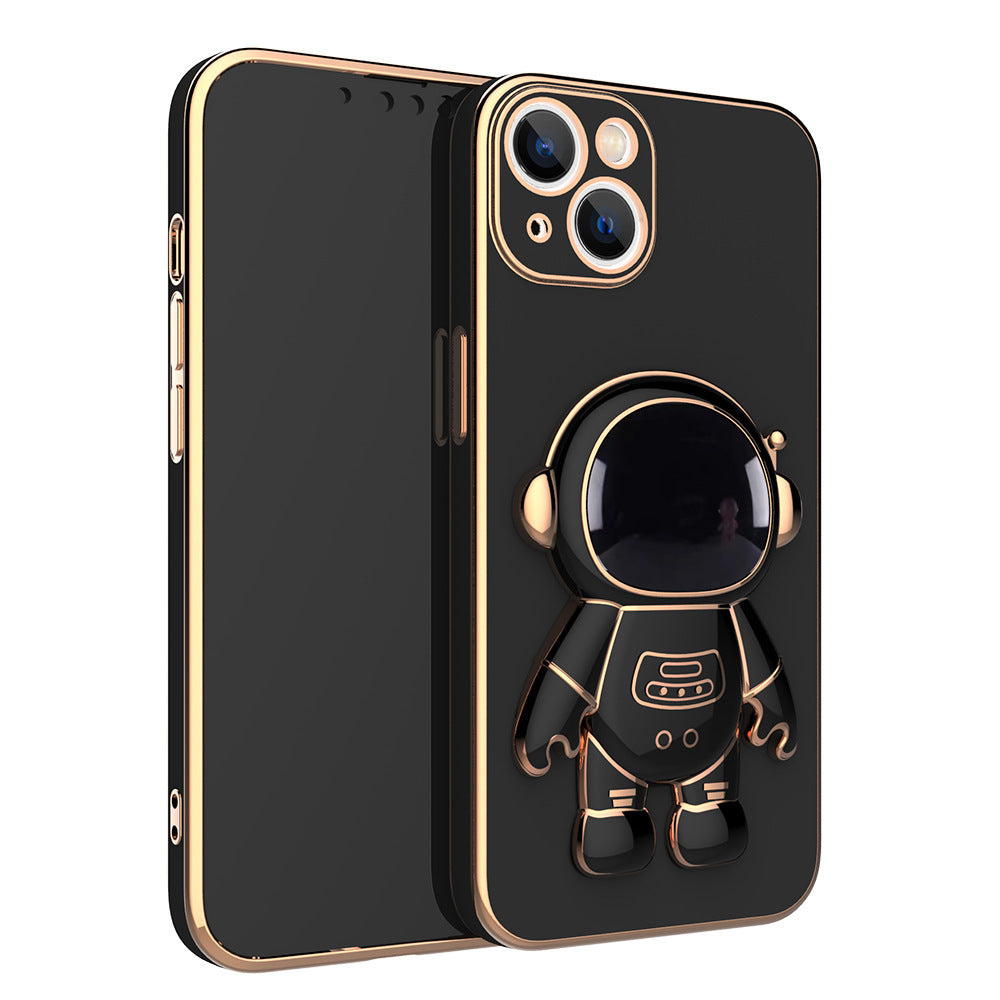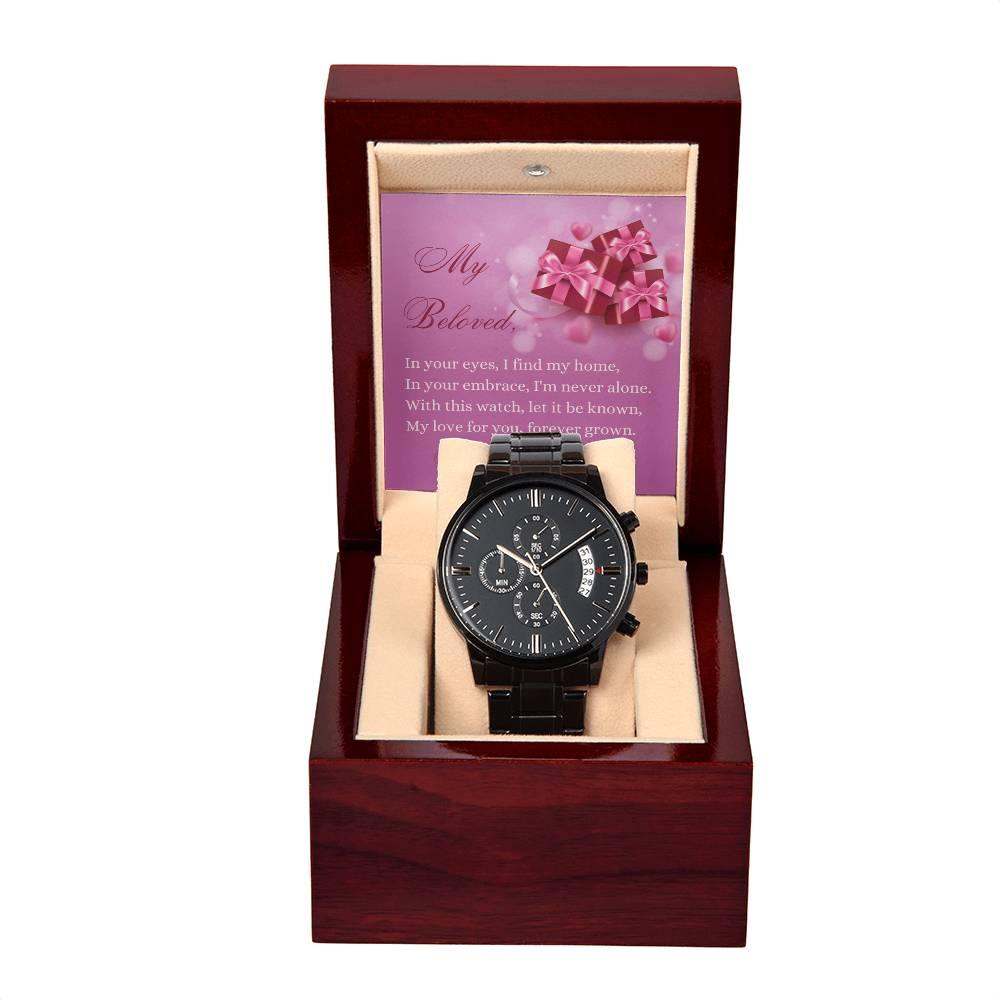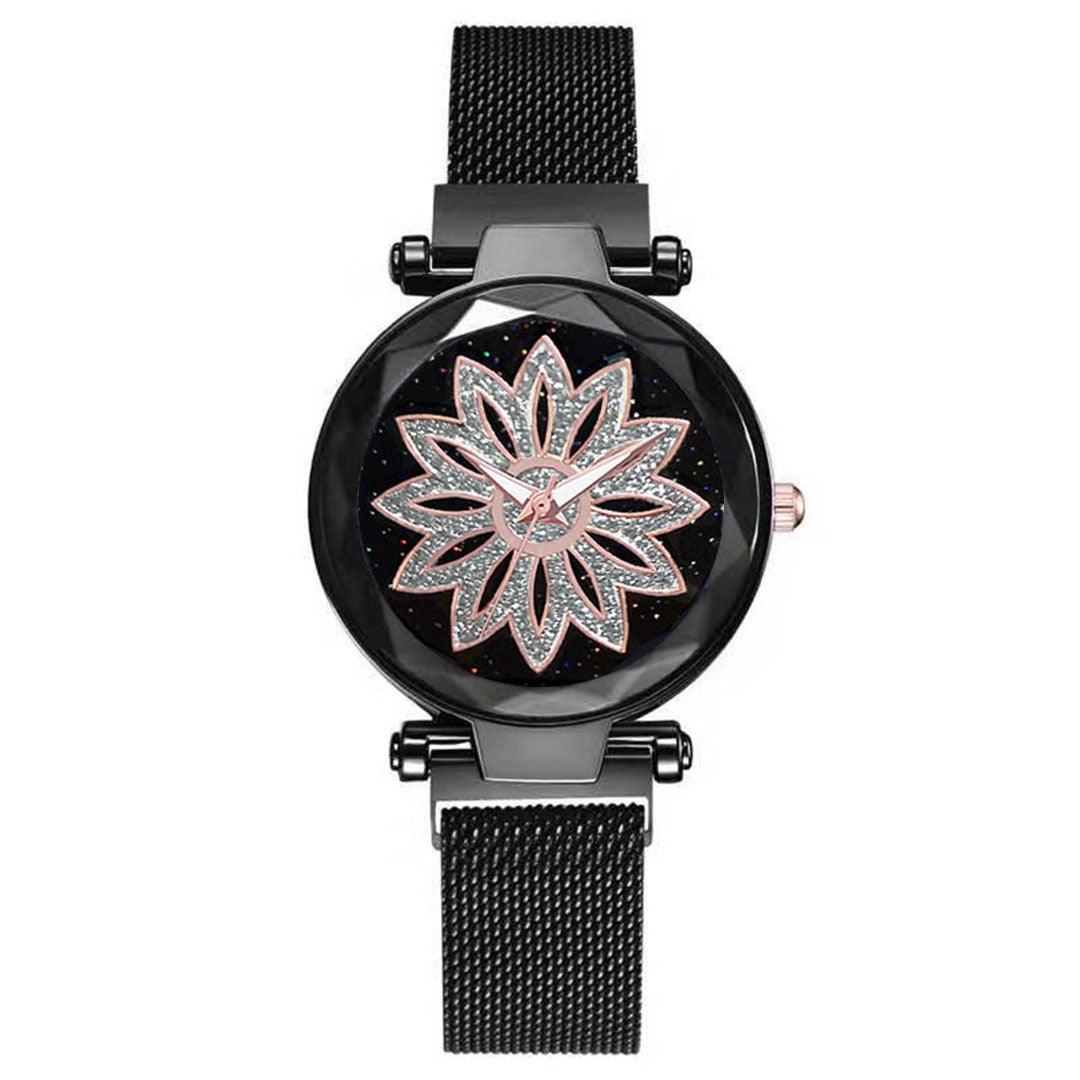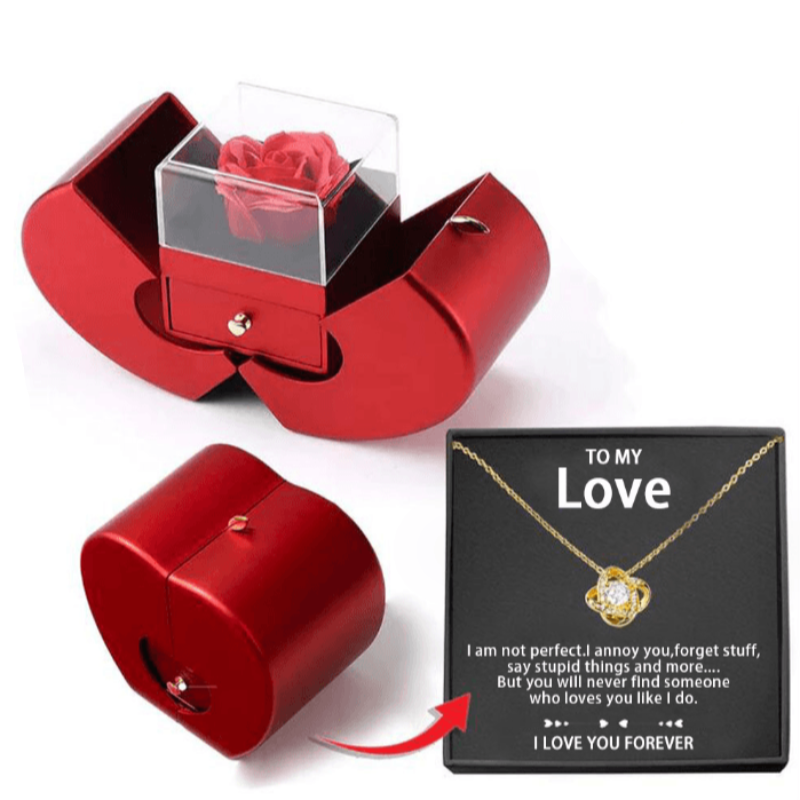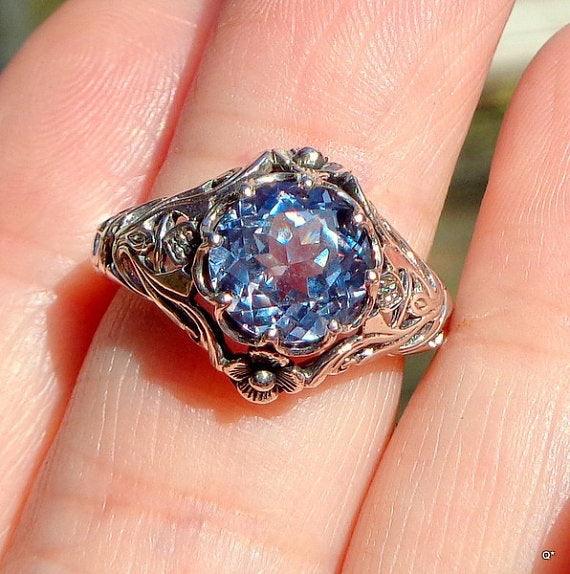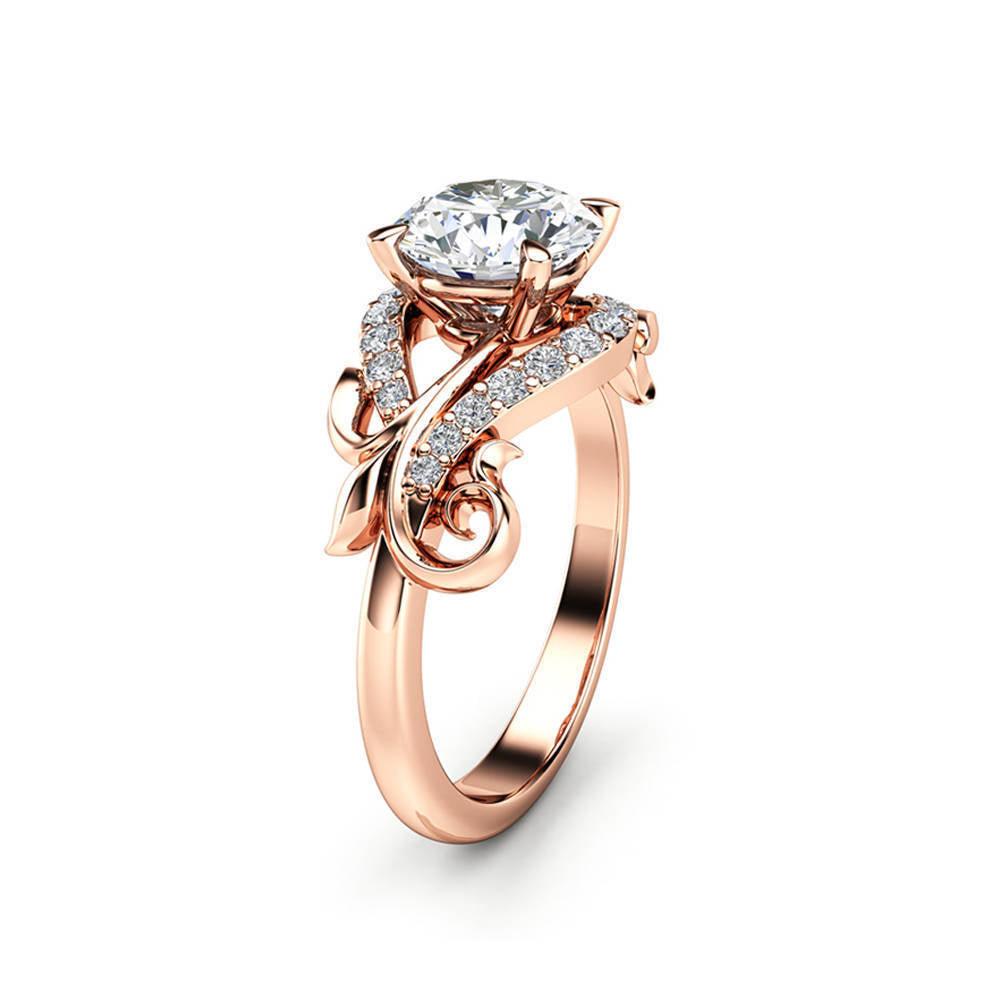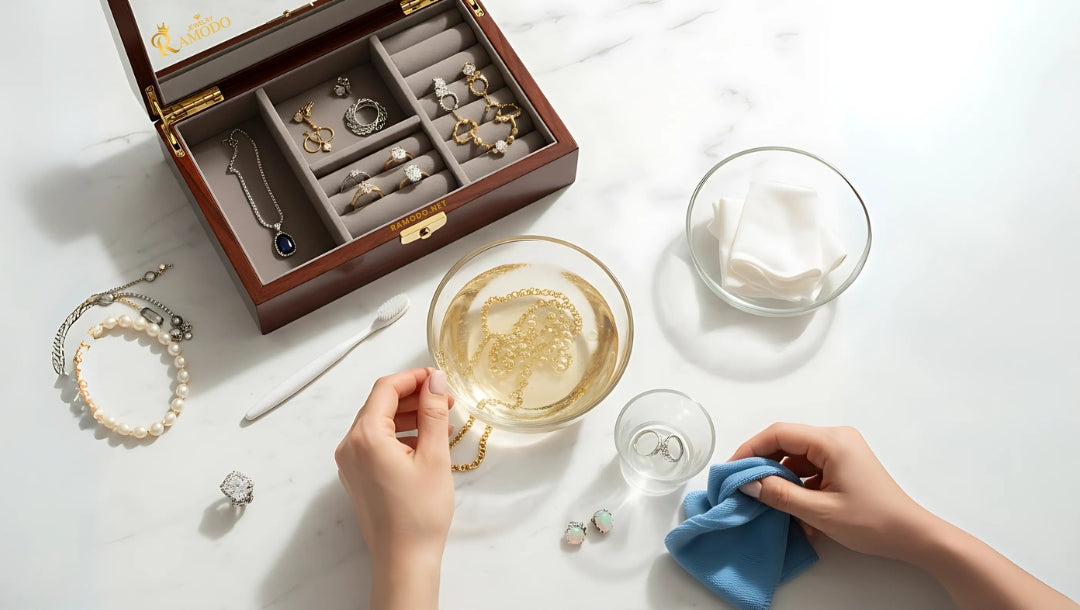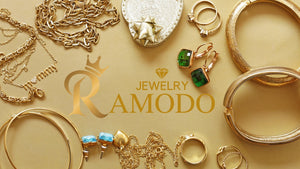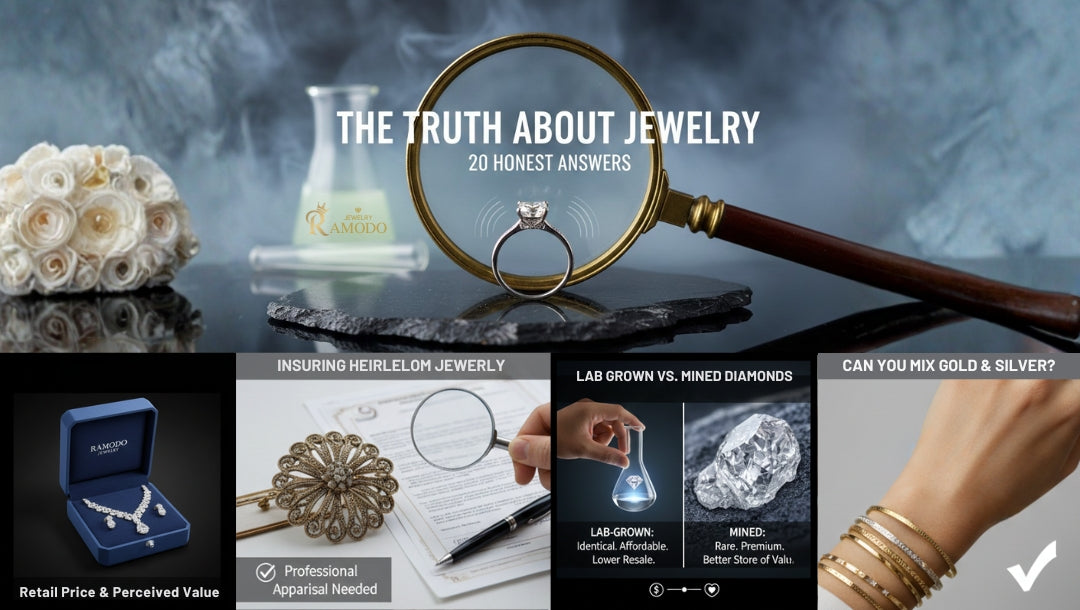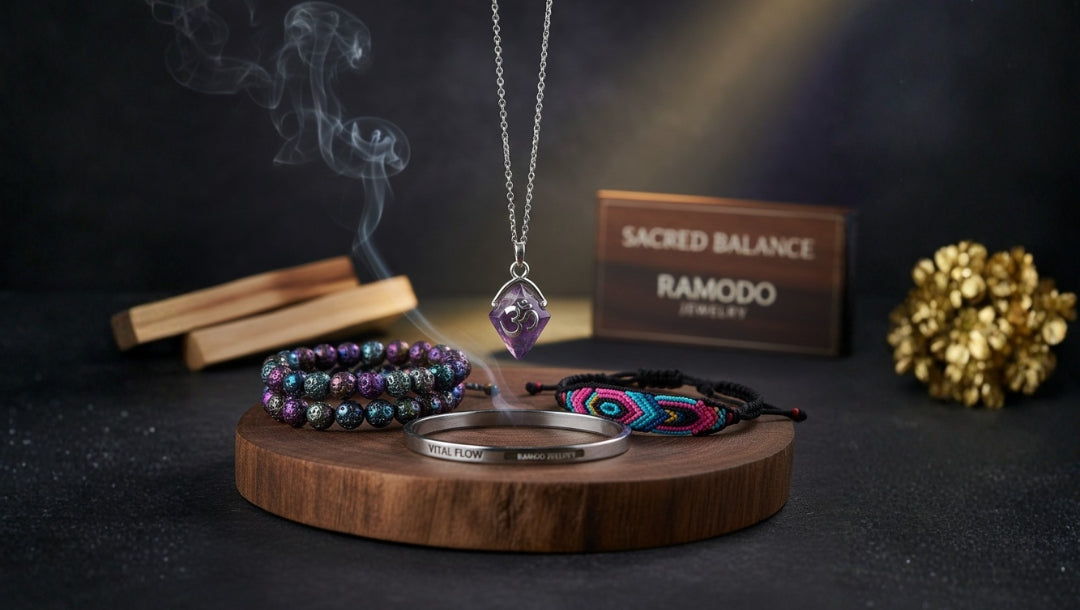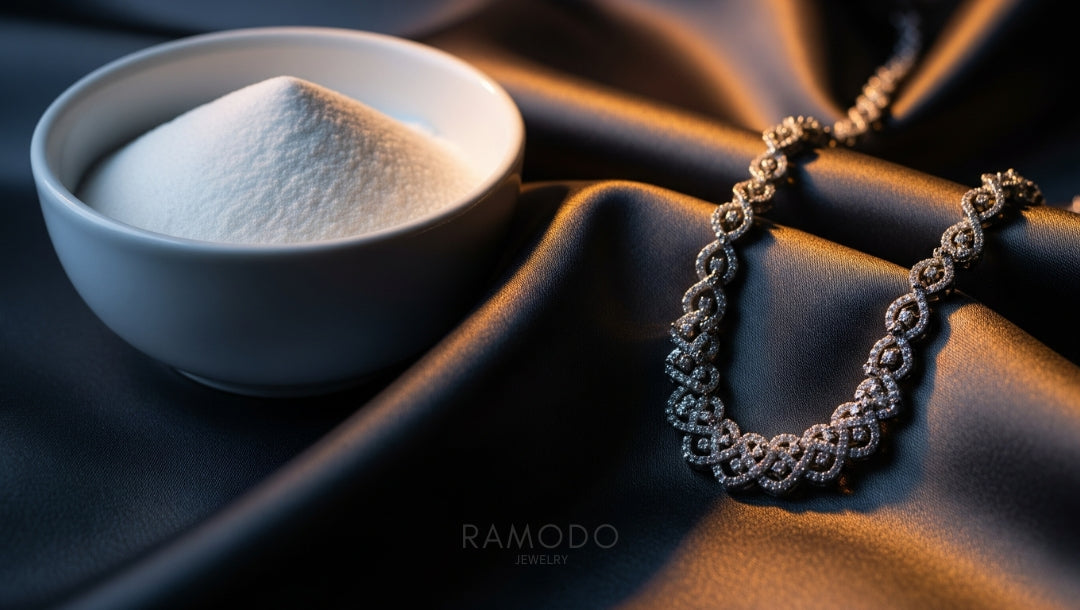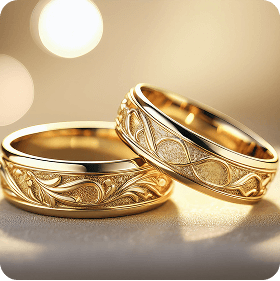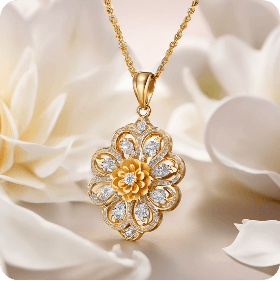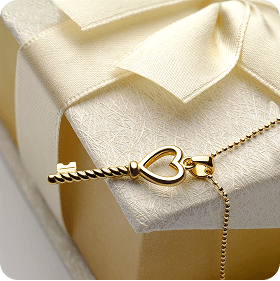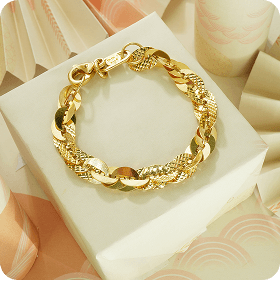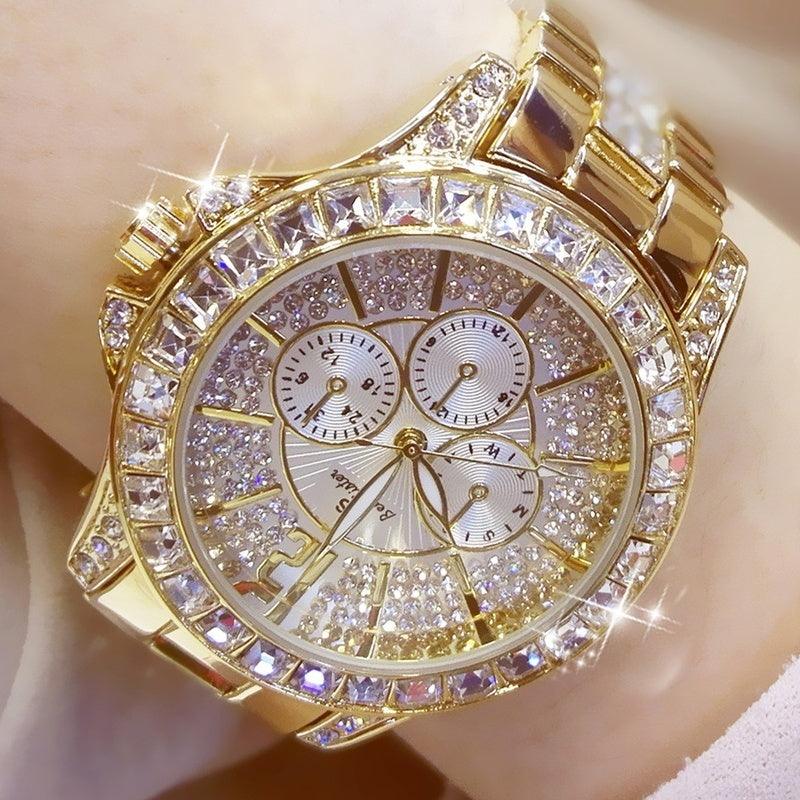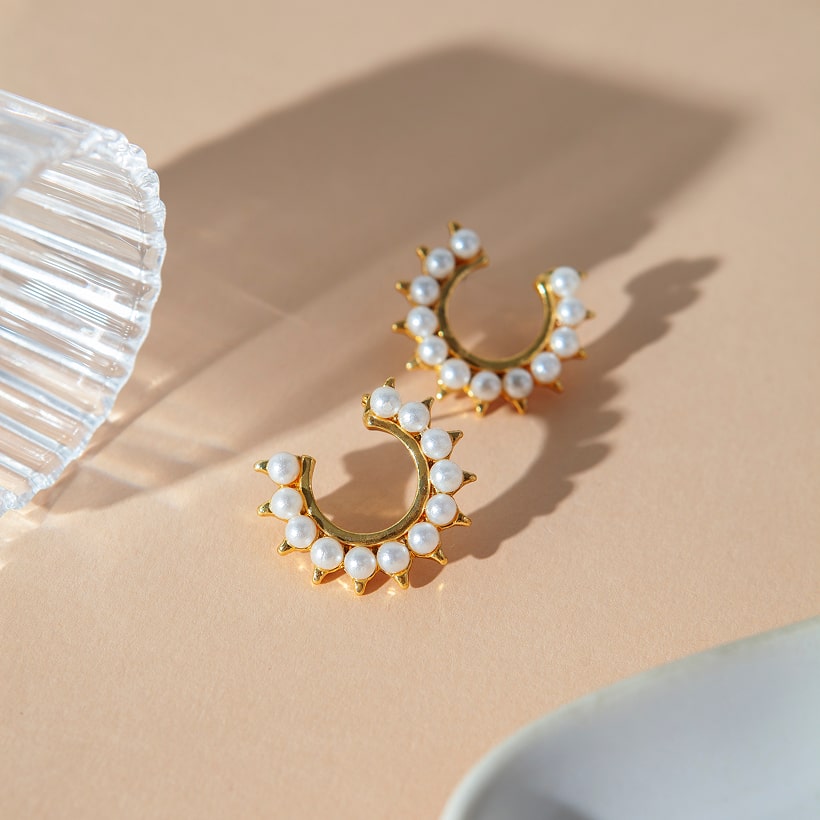How to Clean Jewelry at Home: The Complete Professional Guide

Learning how to clean jewelry at home can save you hundreds of dollars in professional cleaning fees while keeping your precious pieces sparkling like new. Whether you've inherited grandmother's pearl necklace or invested in a stunning engagement ring, proper maintenance determines whether your jewelry lasts decades or deteriorates within years.
Most people damage their jewelry through well-intentioned but misguided cleaning attempts. That ultrasonic cleaner you bought online? It might be destroying the internal structure of your emeralds. The toothbrush method your mother swears by? It could scratch softer gemstones beyond repair. Understanding the science behind different metals and stones transforms jewelry care from guesswork into precision.
Understanding Your Jewelry's Composition

Before attempting any cleaning method, identifying your jewelry's materials prevents costly mistakes. Sterling silver requires different treatment than white gold, and opals demand gentler care than diamonds. Professional jewelers like those at RAMODO JEWELRY categorize pieces into three main groups based on durability and cleaning requirements.
Hard Gemstones and Metals
Diamonds, rubies, sapphires, and platinum can withstand more aggressive cleaning methods. These materials score high on the Mohs hardness scale, meaning they resist scratching and chemical damage better than their softer counterparts. Gold alloys (14k and higher) also fall into this category, though white gold requires special consideration due to its rhodium plating.
Soft and Porous Materials
Pearls, opals, turquoise, and coral need extremely gentle handling. These organic or porous stones absorb liquids and chemicals, potentially causing permanent discoloration or structural damage. Silver jewelry, while durable, tarnishes easily and requires specific cleaning approaches to restore its original luster without removing too much material.
Special Consideration Pieces
Antique jewelry, pieces with glued components, and items featuring mixed materials demand customized care strategies. Costume jewelry often combines various metals and synthetic materials that react unpredictably to standard cleaning solutions.
Professional Cleaning Methods You Can Master at Home

The Warm Water Soak Method
This universal technique works safely on almost all jewelry types. Mix lukewarm water with a few drops of mild dish soap—avoid anything containing moisturizers or antibacterial agents. Soak pieces for 15-20 minutes, allowing dirt and oils to loosen naturally. Use a soft-bristled baby toothbrush to gently remove stubborn debris, working carefully around prong settings and chain links.
For how to clean jewelry at home effectively using this method, timing matters. Extended soaking can loosen adhesives in vintage pieces or damage certain treatments on gemstones. After cleaning, rinse thoroughly with clean water and dry with a lint-free cloth, ensuring no moisture remains in crevices where it might cause tarnishing or mineral deposits.
The Aluminum Foil Technique for Silver
This electrochemical process removes tarnish without abrasive scrubbing. Line a glass bowl with aluminum foil, shiny side up. Add hot water and a tablespoon of baking soda, creating a solution that triggers an ion exchange between the aluminum and silver sulfide (tarnish). Submerge silver pieces for 2-3 minutes, watching tarnish transfer to the foil.
This method works through a reduction reaction that converts silver sulfide back to silver while the aluminum oxidizes. The process preserves more silver than polishing, which physically removes the tarnished layer along with some underlying metal. RAMODO.NET features detailed guides on preserving silver's patina while removing unwanted tarnish.
Ultrasonic Cleaning: Benefits and Risks
Professional jewelers use ultrasonic cleaners to remove dirt from intricate designs, but home units require careful consideration. These devices create microscopic bubbles through high-frequency sound waves, producing a scrubbing action that reaches areas brushes cannot. However, the vibrations can damage emeralds, tanzanite, and any stone with internal fractures or treatments.
Never use ultrasonic cleaners on pearls, opals, or jewelry with loose stones. The intense vibrations can deteriorate organic materials and loosen already-compromised settings. Check with your jeweler about your specific pieces before investing in ultrasonic equipment.
Preventing Damage Through Proper Storage
Storage mistakes cause more jewelry damage than wearing pieces daily. Tangled chains break, gemstones scratch each other, and improper humidity levels accelerate tarnishing. Professional storage solutions don't require expensive equipment—just understanding basic preservation principles.
Individual Compartments Prevent Contact Damage
Each piece needs its own space to prevent scratching and tangling. Soft cloth pouches work well for travel, while compartmentalized boxes suit home storage. Harder gemstones can scratch softer ones, so never store diamonds with pearls or opals with quartz. Sterling silver pieces benefit from anti-tarnish strips or cloths that absorb sulfur compounds from the air.
Climate Control Matters More Than You Think
Extreme temperatures and humidity fluctuations cause metal expansion and contraction, potentially loosening stones or stressing solder joints. Pearls and opals need some humidity to prevent cracking, while most metals prefer dry conditions to minimize tarnishing. A consistent, moderate environment protects all jewelry types effectively.
Chemical Hazards in Everyday Life

Household chemicals pose surprising threats to jewelry. Chlorine in pools and hot tubs can permanently discolor gold alloys and weaken their structure. Perfumes, hairsprays, and lotions leave residues that dull gemstones and accelerate tarnishing. Even seemingly harmless substances like rubber bands contain sulfur that severely tarnishes silver on contact.
Apply cosmetics and fragrances before putting on jewelry, allowing them to dry completely. Remove rings before washing dishes, cleaning, or swimming. These simple habits prevent most chemical damage while extending the time between professional cleanings.
Recognizing When Professional Intervention Is Necessary

Some situations require expert attention despite your best home care efforts. Loose stones need immediate professional tightening to prevent loss. Worn prongs, visible only under magnification, can fail suddenly without warning. Professional jewelers at establishments like RAMODO JEWELRY inspect pieces thoroughly during cleaning, identifying problems before they become emergencies.
Annual professional inspections catch issues early, when repairs cost less and preserve more original material. Jewelers also apply specialized treatments like rhodium plating for white gold or protective coatings for silver that exceed home care capabilities.
Maintaining Specific Jewelry Types

Diamond Jewelry Maintenance
Despite their hardness, diamonds attract grease and oils that diminish brilliance. Weekly cleaning with the warm water method maintains sparkle, but monthly deep cleaning with ammonia solution (1:6 ratio with water) removes stubborn film. Avoid this method on fracture-filled diamonds or pieces with other gemstones that ammonia might damage.
Pearl Care Essentials
Pearls require wearing to maintain luster—body oils provide beneficial moisture. After wearing, wipe with a barely damp cloth to remove acids from skin that deteriorate nacre. Store flat to prevent strand stretching, and restring annually if worn frequently. Never use commercial jewelry cleaners or ultrasonic devices on pearls.
Gold and Platinum Preservation
These metals resist tarnishing but accumulate scratches over time. Professional polishing removes surface damage but also removes metal, eventually thinning pieces. Minimize polishing frequency through careful wearing and proper storage. Platinum develops a desirable patina that many prefer to high polish.
Creating Your Jewelry Care Routine

Establishing consistent care habits preserves jewelry better than sporadic deep cleaning. Quick daily maintenance prevents buildup requiring aggressive cleaning later. After wearing, wipe pieces with a soft cloth before storage. This simple step removes oils and moisture that cause long-term damage.
Schedule monthly thorough cleanings for frequently worn pieces, adjusting frequency based on exposure to damaging elements. Document your collection with photos and descriptions, noting any special care requirements or professional service dates. This record proves invaluable for insurance claims and helps track maintenance needs.
Understanding how to clean jewelry at home properly transforms treasured pieces from temporary accessories into lasting heirlooms. The techniques outlined here match professional standards while avoiding common mistakes that irreversibly damage precious items. Regular maintenance, proper storage, and recognizing professional care situations ensure your jewelry maintains its beauty and value for generations.
Ready to expand your jewelry collection with pieces designed to last? Visit RAMODO JEWELRY to explore our exceptional selection of fine jewelry, each piece crafted with quality that makes proper care worthwhile. Our experts can guide you through maintenance requirements for any piece, ensuring your investment brings joy for years to come.

